Digges Island Seabird Project
| Across the Canadian Arctic, large seabird colonies (>100,000 breeding pairs) nest on cliff faces that drain directly in the ocean, ultimately returning the nutrients back to the marine environment from which they were derived. However, strong winds blowing up cliff faces could transport nutrients up in elevation and onto surrounding terrestrial and aquatic environments. At Digges Island East we assessed the degree to which seabird nutrients and metals have been delivered to coastal lakes near Hudson Strait (Nunavut, Canada) over the past century. Many lakes located at a higher elevation and increasing distance from a Thick-billed Murre (Uria lomvia) colony (~400,000 breeding pairs) have been sampled for surface water chemistry and sediment geochemistry. |
 |
 |
| Nesting cliff on Digges Island, south shore. Credit Kathryn Hargan. | Thick-billed Murres in flight over Digges Sound. Credit Kathryn Hargan. |
|
Publication: Hargan, K. E., N. Michelutti, K. Coleman, C. Grooms, J.M. Blais, L. Kimpe, G. Gilchrist, M. Mallory, and J.P. Smol. 2017. Cliff-nesting seabirds influence production and sediment chemistry of lakes situated above their colony. Science of the Total Environment 576: 85-98. DOI:10.1016/j.scitotenv.2016.10.024 |

|